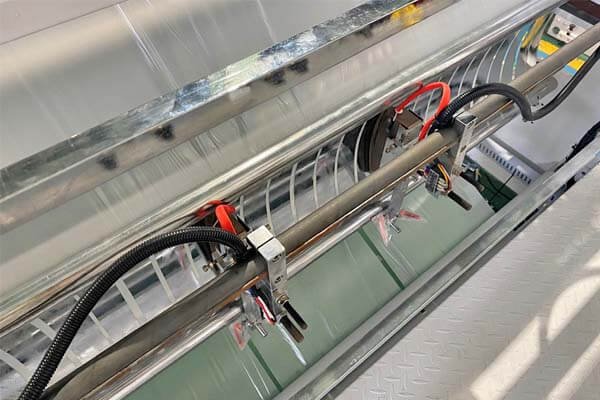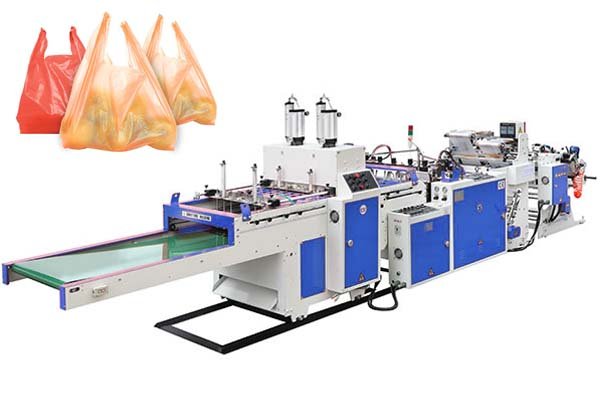
Choosing the right handle bag machine can significantly affect your production efficiency and costs. The primary distinction between fully automatic and semi-automatic machines lies in the level of automation.
A fully automatic machine completes the entire bag-making process—including handle application—without manual input. A semi-automatic machine requires an operator to insert or feed handles into the system manually.
This difference influences productivity, quality consistency, and labor demands. Fully automatic machines generally offer faster output, uniform product quality, and reduced labor dependency. Semi-automatic machines are more affordable upfront but rely on operator skill, which may lead to inconsistency and higher recurring labor costs.
For instance, a fully automatic loop handle machine can produce up to 1,200 bags per hour with consistent results. Semi-automatic machines, on the other hand, are limited by human speed and precision. While their price ranges between $8,500 and $15,500, fully automatic models—priced around $33,000 to $38,000—provide greater long-term cost efficiency.
Which Machine Type is More Cost-Effective in the Long Run?
Upfront costs are just one part of the equation. To assess true value, consider the Total Cost of Ownership (TCO), which includes labor, maintenance, energy, and waste.
For high-volume production, fully automatic machines tend to be more cost-effective over time. Semi-automatic machines suit smaller runs where flexibility and low entry cost are priorities.
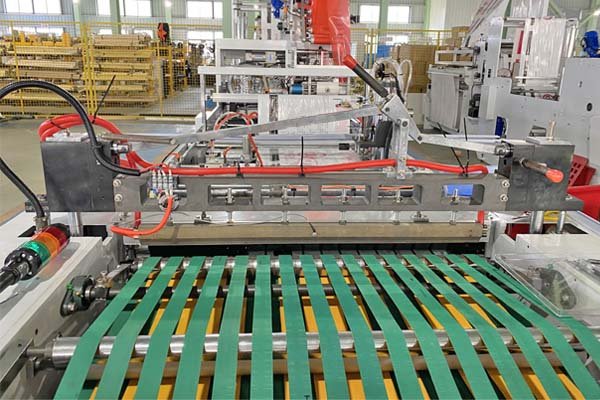
Calculating the Total Cost of Ownership (TCO)
TCO = Initial Machine Cost + Operational Costs (labor, maintenance, energy, waste)
Semi-automatic machines require full-time operators, increasing labor costs. Fully automatic machines reduce this requirement and increase uptime, resulting in lower TCO over time for large-scale operations.
TCO Comparison: 5-Year Example
| Cost Factor | Semi-Automatic Patch Handle Machine | Fully Automatic Loop Handle Machine |
|---|---|---|
| Initial Investment | $15,000 | $35,000 |
| Annual Labor Cost | $30,000 | $6,000 |
| Annual Maintenance | $500 | $1,500 |
| 5-Year Labor Cost | $150,000 | $30,000 |
| 5-Year Maintenance | $2,500 | $7,500 |
| Total 5-Year TCO | $167,500 | $72,500 |
Note: Values are estimates for illustrative purposes.
Despite the higher upfront cost, fully automatic machines typically result in lower total costs over five years due to reduced labor requirements and higher efficiency.
Hidden Costs of Manual Labor
Manual operation introduces indirect costs: training time, product waste from human error, inconsistent quality, and employee turnover. Automation removes these variables, improving consistency and reliability.
How Does Material Compatibility Differ Between These Machines?
Automation affects how machines handle different materials.
Both machine types can process common films like LDPE and HDPE. Fully automatic machines generally perform better with delicate, recycled, or laminated materials due to advanced features like tension control and precise sealing systems.
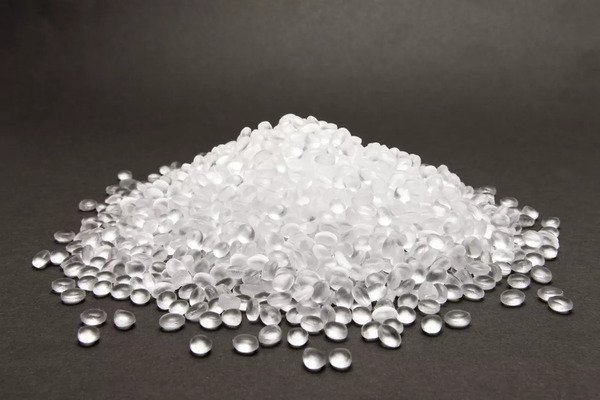
Handling Standard vs. Specialty Films
- Standard Films (LDPE, HDPE): Both machines perform well. Operators on semi-automatic machines can manually adjust for minor variations.
- Specialty Films (PLA, recycled films, laminates): Fully automatic machines provide more precise tension, temperature, and sealing control, reducing waste and improving final product quality.
Automation Reduces Material Waste
Fully automatic machines minimize scrap by automating film feeding and setup. For example, one manufacturer using eight automated bag machines achieved 99% uptime and reduced material waste by 18% due to fewer operational errors.
Material Suitability Reference
| Material Type | Semi-Automatic Suitability | Fully Automatic Suitability | Key Consideration |
|---|---|---|---|
| HDPE/LDPE Film | Excellent | Excellent | Basic calibration suffices |
| Recycled Films | Good | Excellent | Tension control prevents tearing |
| Biodegradable (PLA) | Fair to Good | Excellent | Stable sealing temperature is essential |
| Multi-layer Laminates | Fair | Excellent | Consistent sealing pressure is critical |
| PP Films | Good | Excellent | Automation handles stiffness effectively |
What Level of Technical Skill Is Required?
The required skills differ based on machine type.
Semi-automatic machines require manual dexterity. Fully automatic machines require basic technical knowledge to operate PLC systems and perform routine monitoring.
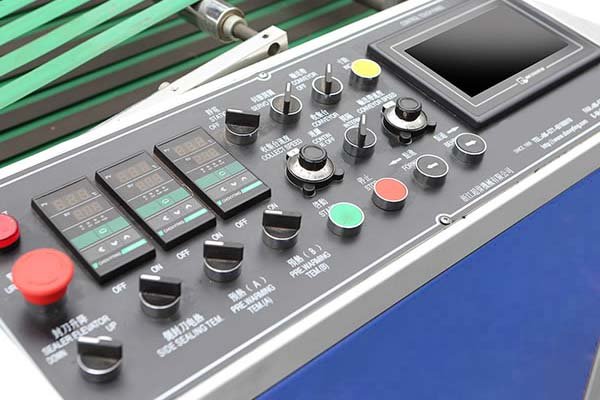
Operating a Semi-Automatic Machine
Operators need:
- Good hand-eye coordination
- Consistent accuracy
- Ability to focus during repetitive tasks
The role is hands-on, with the operator manually placing handles and ensuring correct alignment.
Operating a Fully Automatic Machine
Technicians oversee:
- System configuration via PLC
- Monitoring machine performance
- Troubleshooting and clearing errors
- Routine maintenance
The role requires understanding system interfaces and resolving operational alerts.
Training and Support
Some machines include multi-language interfaces, on-site setup assistance, and remote support options to reduce training time and ensure effective onboarding.
Can a Semi-Automatic Machine Be Upgraded to Fully Automatic?
Upgrading a semi-automatic machine to fully automatic is generally not practical. Mechanical frames and control systems are fundamentally different.
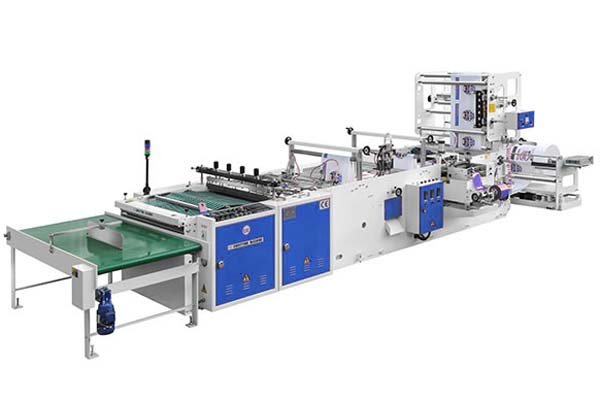
Why Upgrading Isn’t Feasible
- Structural Limitations: Semi-automatic frames cannot support automation components like servo motors and robotic systems.
- Control Systems: Semi-automatic machines use basic control panels, while fully automatic machines use complex PLC systems.
- Cost Considerations: Custom retrofitting is expensive and often exceeds the cost of a new fully automatic machine.
Scalable Growth Strategy
A more efficient strategy is to begin with a semi-automatic machine and add a fully automatic unit when production scales. The semi-automatic machine can still be used for custom or short-run jobs.
Planning for the Future
Machines are available at a range of price points. Selecting technology with features like IoT connectivity ensures the investment remains scalable and adaptable to future growth.
Conclusion
Choosing between fully and semi-automatic machines depends on production needs, budget, and labor availability.
- Fully automatic machines provide high throughput, consistent quality, and lower labor costs—ideal for large-scale operations.
- Semi-automatic machines offer a more affordable, flexible option for low-volume or specialized production.
Evaluate long-term costs and growth plans to select the most suitable machine for your business.




